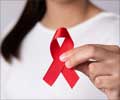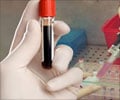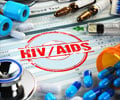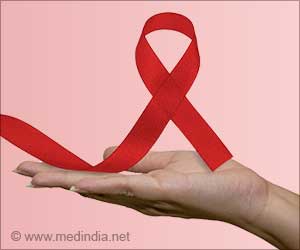Scientists unveiled molecular imaging of an elusive feature that helps HIV infect immune cells.
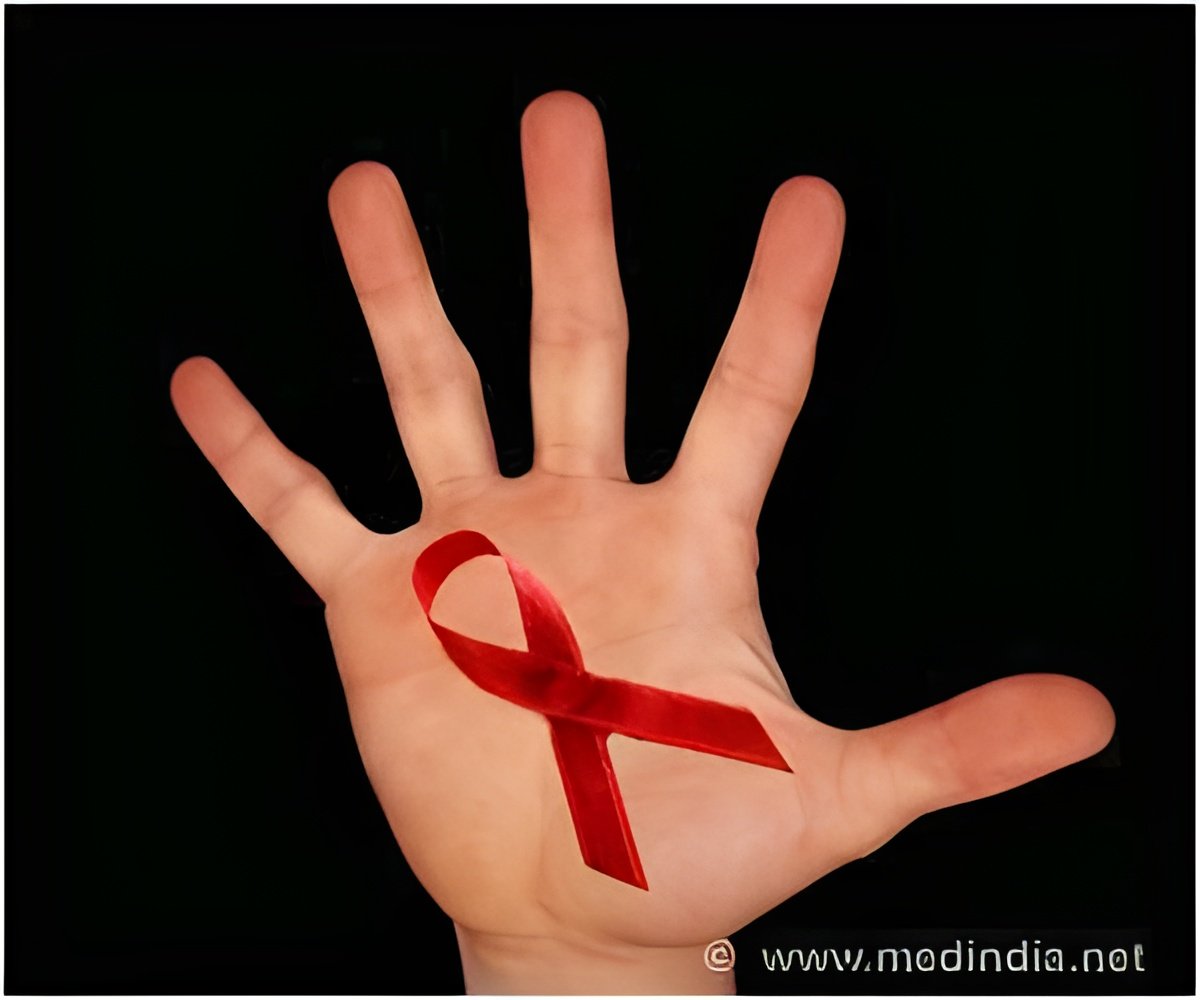
HIV is studded with these prongs, which fuse with a protein on the surface of the immune cell.
After fusion, the viral core crosses into the cell and hijacks its machinery, forcing the cell to crank out copies of the virus.
The baby viruses then burst out of the cell and into the blood stream, where they go on to infect other immune cells. As a result, the body's defence against microbes and other intruders is sapped.
Stopping the fusion process is a tempting target for vaccine designers -- but for three long decades, this goal has been thwarted by the complex, shape-shifting nature of the spike itself.
The new papers give the most detailed images yet of the gp120 and gp41 molecules that make up the surface, or envelope, of the spike.
Advertisement
In its predominant form, the spike is "closed" and difficult for antibodies, the first responders of the immune system, to see.
Advertisement
This type of antibody, so far discovered in just a tiny number of people with HIV, is thus likely the best candidate for a vaccine, said the scientists.
The new data can now be harnessed to fine-tune the working of drugs and antibodies.
"Making the movements of HIV visible so that we can follow, in real time, how surface proteins on the virus behave, will hopefully tell us what we need to know to prevent fusion with human cells," said Scott Blanchard of Weill Cornell Medical College in New York, who co-authored the Science paper.
"If you can prevent viral entry of HIV into immune cells, you have won."
In a comment to AFP, Wayne Koff, chief scientist at the International AIDS Vaccine Initiative (IAVI), which is searching for broadly neutralising antibodies, said the work gave the most comprehensive picture yet of the all-important spike.
It could yield "important clues" for antibody vaccines, he said.
More than 70 million people have been killed or infected by HIV.
The virus can be controlled, but not cured, by drugs and many experts say only an effective vaccine will end the pandemic.
Source-AFP

